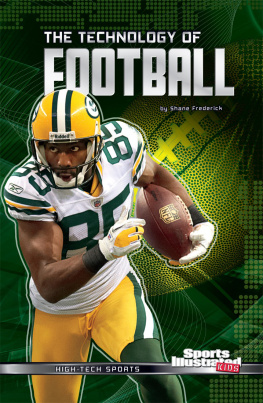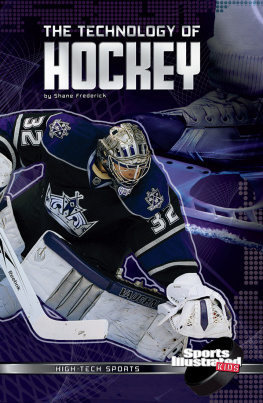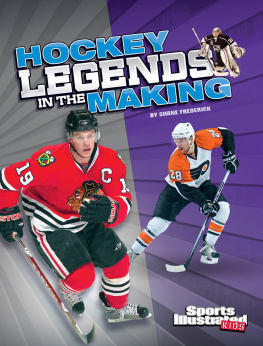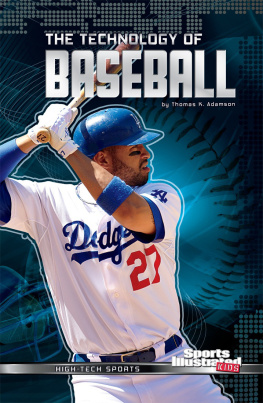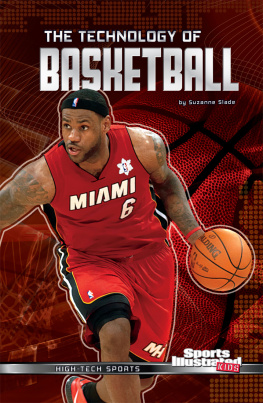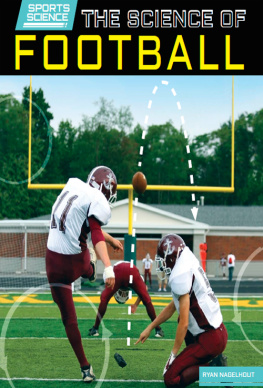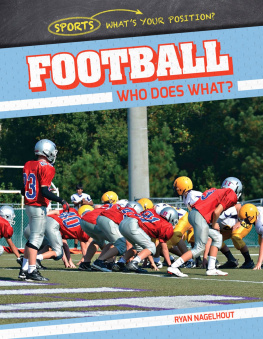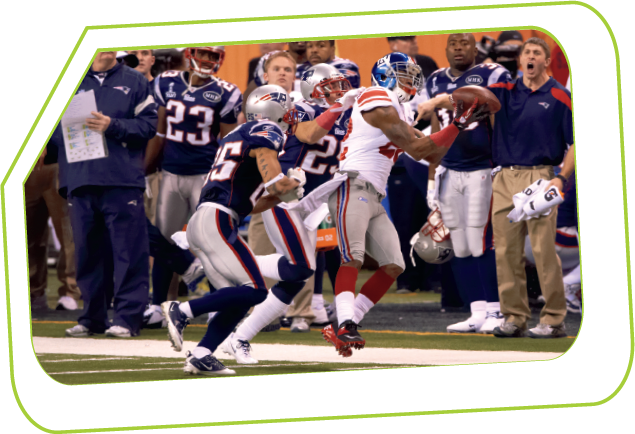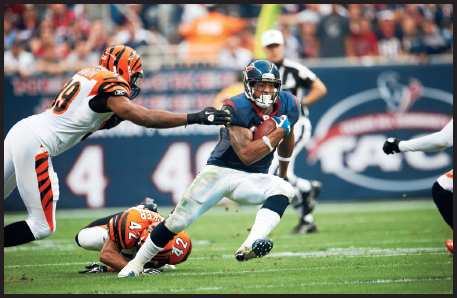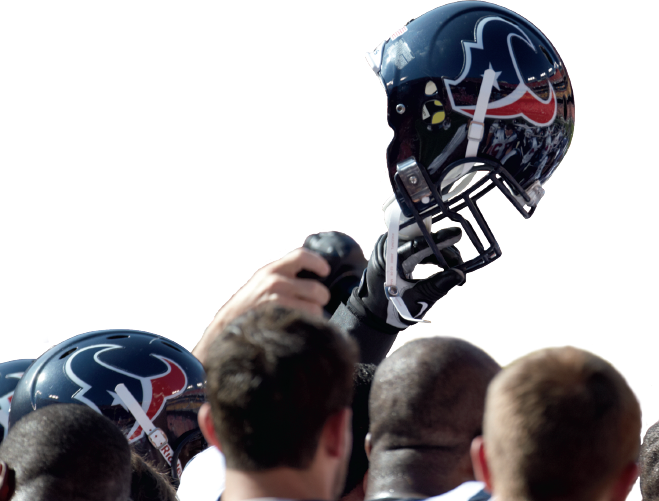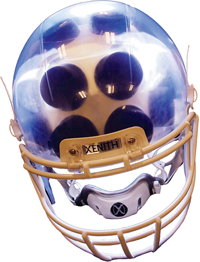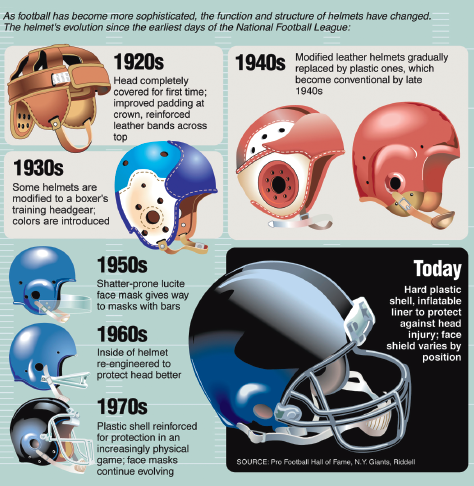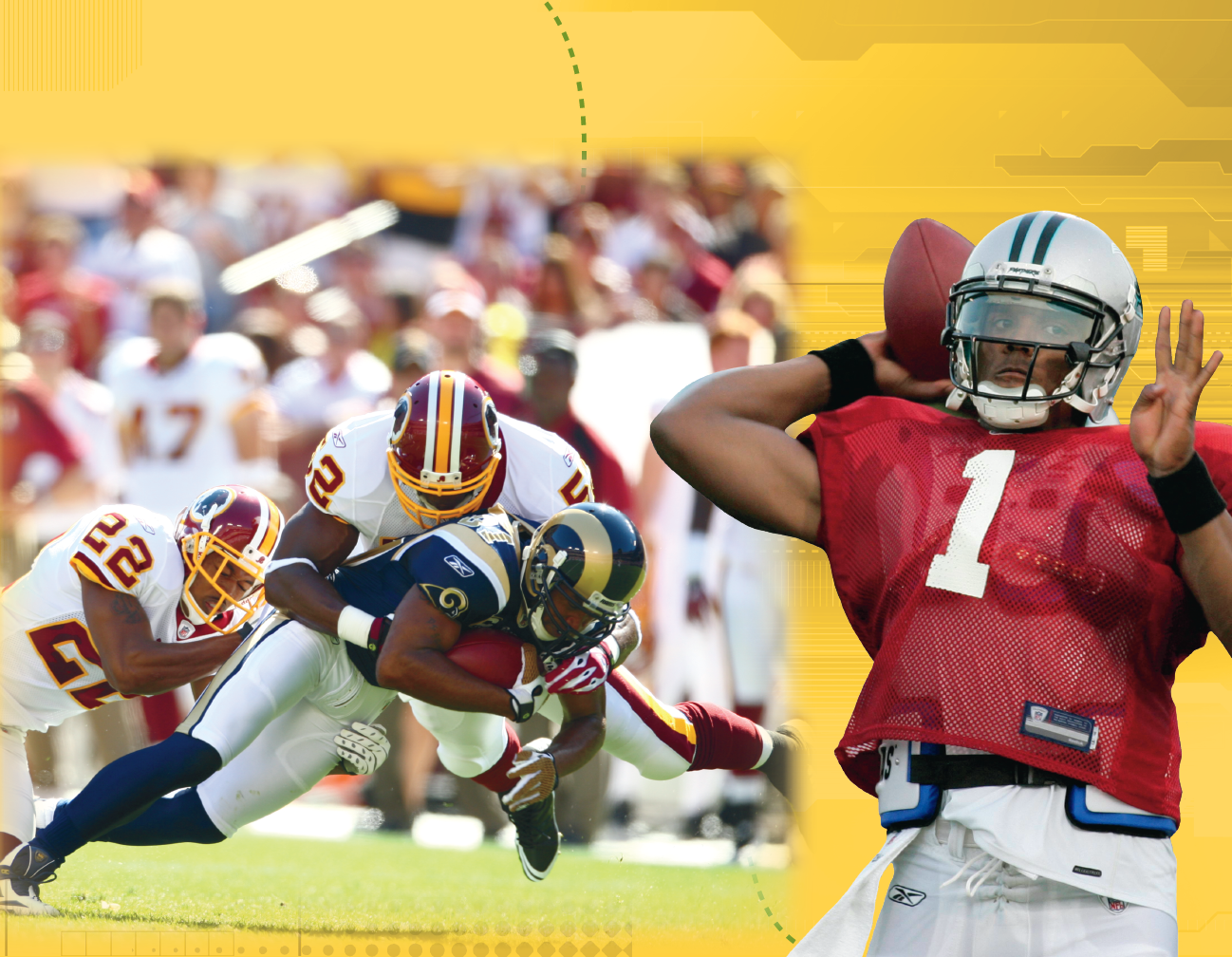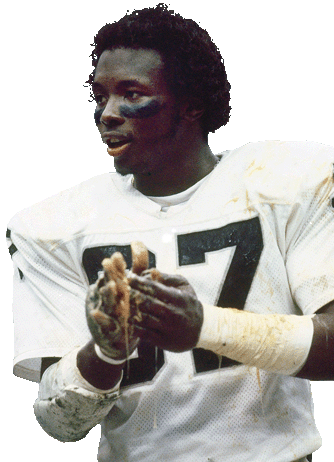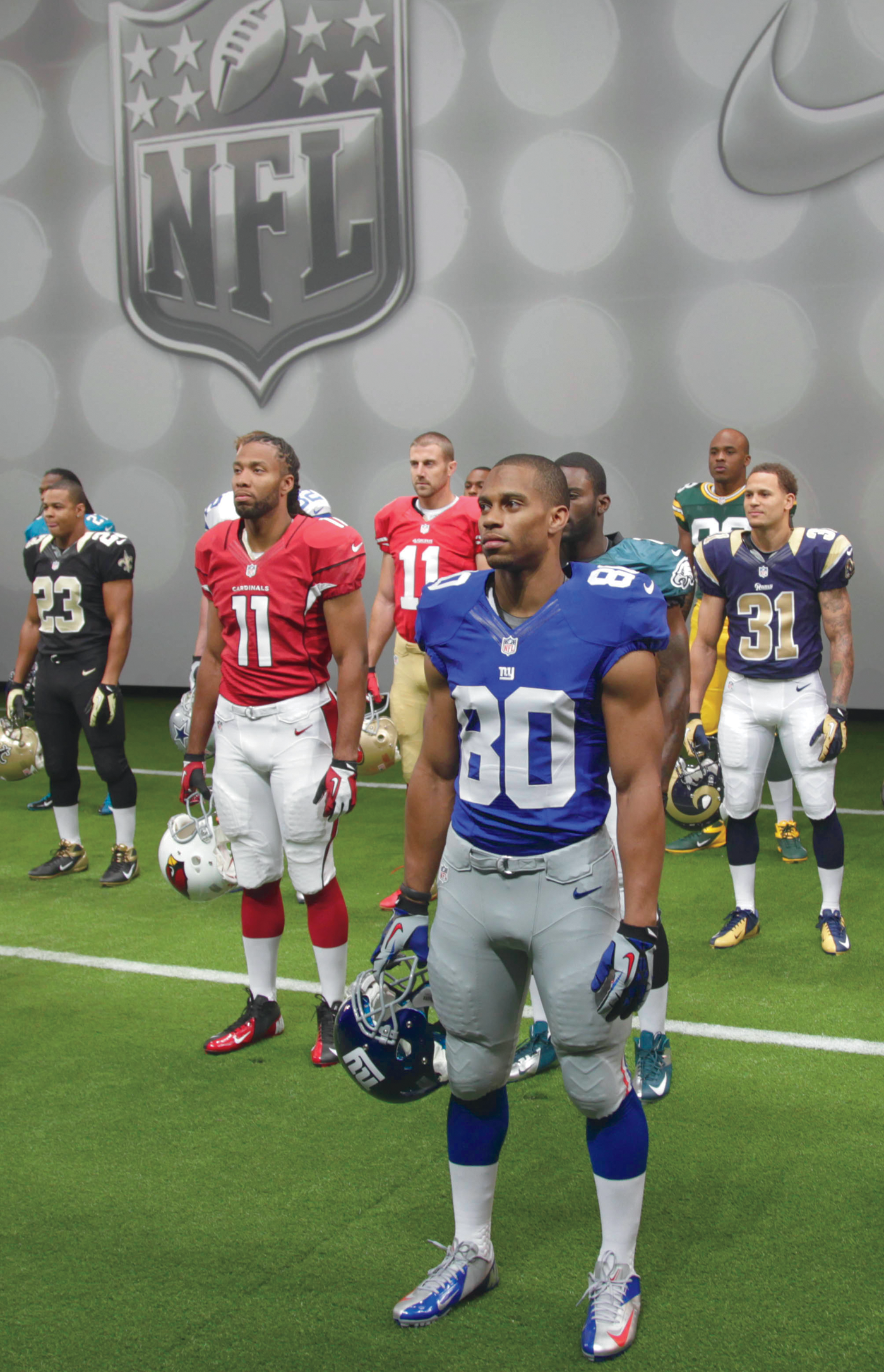F O O T B ALL : THE BIG G AME
N ew York Gi ants receiver Mario Manningham caught the ball with the tips of his gloves.His toes barely touched down inbounds as New England Patriots safety Patrick Chungflattened him to the t urf. Replays of the c atch were shown fro m various angles. T hegames referee reviewed the play and determined the call on the field would standManninghamscatch was good. It was the biggest play of Super Bowl XLVI. It led to the game-winningt ouchdown for the Gian ts. With out modern te chnolog y, who knows what would have happened?Would the referee have called the play differently?
Mario Manningham pulls in a catch to keep the game-winning drive alive during thefourth quarter of Super Bowl XLVI.
The origins of American football go back about 150 years. Much has changed sincethe first official college game was played in 1869. The rules have evolved, and theplayers have grown bigger and stronger. Tens of thousands of fans fill stadiums everyweekend, with millions more watching on TV.
CHANGING TIMES
While the sport has grown in popularity, it has also evolved with the times. Technologyand engineering have altered the way players train for the game, where they play,and the way coaches strategize. Its also made a difference in the way fans watch.
While certain things about todays game are exactly the same as they were in the1800s, many aspects are unrecognizable from the early days. High-tech uniforms, instantreplay, and wireless communication are only a few examples of how the game has evolved.
Lets see how technology has made football what it is today.
CHAPTER 1
S T Y L E AND SU B S T ANC E
HELMETS
Helmets are a major part of the gam e of football. Headgear helps identify each teamthe Cowboys have a star, the Rams have horns, and the Cha rgers have a lightning bolt.But there is a more important reason that players wear helmets. The helmets k eepplayers sa fe in a hard-hitting a nd sometimes violent ga me.
During the early days, football players didnt wear anything on their heads. It didnttake long for some players to start protecting their heads. The first helmets, madein the late 1800s, were soft leather coverings. Hardened leather was used in the 1930s.In the 1940s the NFL finally made wearing helmets a rule. Today players wear helmetsmade of hard, shatterproof plastic. The helmets are built to take a blow. Helmetsinclude padding that absorbs energy during a hit or tackle in hopes of reducing serioushead injuries.
Equipment companies are always working to make helmets safer. The NFL hopes to haveplayers wearing smart helmets with sensors that measure how hard a player has beenhit. The sensors would immediately send information to doctors and trainers on thesidelines. They would use that data to see if a player suffered a head injury onthe play. The NFL is working with the U.S. Army on the project. The army has usedthe technology to detect possible brain injuries suffered during combat.
The Xenith X2 helmet helps players avoid head injury. Shock absorbers cushion a playershead during a hard hit.
EVOLUTION OF THE FOOTBALL HELMET
PADS AND PROTECTION
Shoulder pads are made of a hard plastic shell over foam padding. Theyre designedto absorb the shock of hitting another player. When a player gets tackled to theturf, the energy of the hit is distributed throughout his pads. That way, the impactis less painful and injuries can be avoided.
Carolina Panthers quarterback Cam Newton
Over time equipment designers have improved the protective padding that players wearon their shoulders, hips, thighs, and knees. Todays pads are stronger and lighterthan ever. Unlike decades ago, shoulder pads are designed specifically for certainpositions. Quarterbacks pads often include an attached flak jacket . The flak jacketprotects a quarterbacks ribs and back from dangerous hits. The jacket still allowshim enough mobility to run and throw the ball well.
flak jacket special padding designed to protect the chest and back
CATCHING THE BALL
In the late 1970s some players slathered a sticky goo called Stickum on their handsand jerseys in order to get a better grip on the ball. But in 1981 the NFL bannedthe product and other gluelike substances during games. The league stated it wasunfair to use such substances.
Lester Hayes spreads Stickum on his hands during Super Bowl XV.
Players didnt give up looking for an advantage, though. San Francisco 49ers receiverJerry Rice tried to use gloves worn by scuba divers, but they were too thick andbulky. Today almost all receivers and many other players wear special gloves designedspecifically for football. They are lightweight, and the palms and fingers are madeof a tacky, flexible, water-resistant material that helps players hold on to theball. The high-tech gloves probably prevented wide receiver Santonio Holmes fromdropping the ball during a tiptoe catch during Super Bowl XLIII. His spectacularcatch made the Pittsburgh Steelers champions of the 2008 season.
HIGH-TECH JERSEYS
Before the 2012 season, the NFL unveiled new jerseys designed to be lighter, drier,and cooler. They were made of material that wicks away sweat from the inside andrepels rain on the outside. Also, the jerseys were designed to wrap tight aroundthe pads, making them tough for opponents to grab.
CHAPTER 2
AT THE STADIUM
ON THE FIELD
Fo otball is no longer strictly an outdoor game like it was in its early days. Thesport began moving indoors in the late 1960s with the constr uction of the Hous tonAstrodome. The a rena wa s the ho me of the Houston Oilers and known at the time asth e Eighth Wonder of the World.

